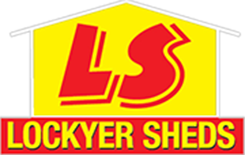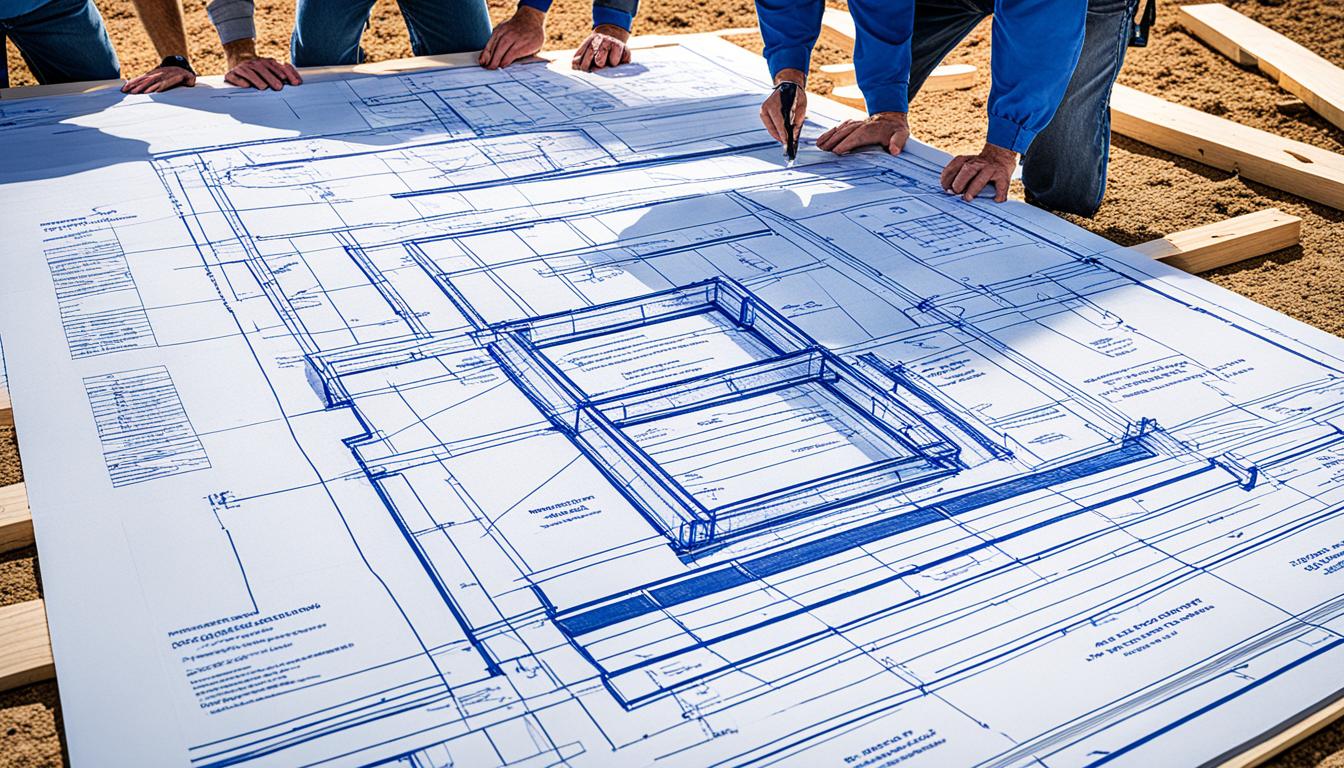Are you planning to build a shed on your property? Before you start, there’s one crucial question you need to ask: Is your shed classified as a habitable or non-habitable structure? The answer to this question will determine the shed building codes, shed construction regulations, and shed permit requirements you’ll need to follow.
In Australia, the Building Code of Australia (BCA) divides buildings by how they’re used. Sheds and garages fall into two main categories: non-habitable Class 10a buildings or habitable Class 1 buildings. It’s key to know this because it influences the shed zoning laws, shed structural standards, shed safety codes, and other shed design rules.
Lockyer Sheds, based in areas like Toowoomba and Brisbane, provide custom shed solutions. They help with understanding shed approval processes and shed compliance criteria. With their assistance, you can make sure your shed follows all the backyard shed guidelines and rules.
Understanding Shed Classifications under the Building Code of Australia
The BCA has a system that classifies different structures, including sheds. It is vital to know your shed’s classification. This info helps you follow the shed building codes and other rules while building.
Class 10a Buildings: Non-Habitable Structures
According to the BCA, Class 10a buildings are non-living. They include sheds and garages. You won’t find bedrooms or kitchens in these spaces. Still, they can have bathrooms and storage areas.
Class 1 Buildings: Dwellings and Habitable Spaces
Class 1 buildings are places like houses and units where people live. If your shed has living spaces or kitchens, it’s a Class 1 building. This means it has to follow stricter rules when being built.
Determining Your Shed’s Classification
To work out your shed’s class, think about its use and the rooms inside. Sheds without living spaces fall under Class 10a. Adding living spaces means it’s Class 1. This leads to following tougher building rules.
Lockyer Sheds, based in Australia, knows the shed rules well. They offer shed designs that fit within the set classifications and rules.
Shed Building Codes
Building a shed in Australia means following certain shed building codes and shed construction regulations. These rules ensure your shed meets the shed structural standards and shed safety codes. They help keep your shed safe and sound.
Compliance with the Building Code of Australia
Every shed in Australia must meet the basic shed building codes from the Building Code of Australia (BCA). This code covers shed construction regulations, shed structural standards, and safety. It also includes fire safety rules and other important requirements.
State and Local Council Regulations
Each Australian state and territory has unique backyard shed guidelines and shed permit requirements. Local councils add more rules like shed zoning laws and plans. You must check with your state’s building branch and council before you start. This ensures you’ll meet all the rules for your shed.
At Lockyer Sheds, we provide custom shed solutions in places like Toowoomba and Brisbane. Our products fit all the right shed building codes and shed construction regulations. Plus, they meet local council needs too.
When Do You Need a Building Permit for Your Shed?
Setting up a shed on your land is an exciting step. It adds extra space for storage and makes your outdoor area better. But, you must know the rules about shed building codes and shed permit requirements in your area. This ensures you follow the local shed construction regulations and shed zoning laws.
Exemptions for Small Sheds
In Australia, some places waive the need for a building permits for small backyard sheds that fit certain size and location rules. Take New South Wales for example. A shed can be up to 20 square meters in the city, or 50 square meters in the countryside without needing a permit. It must be standalone, not from shipping containers, and keep a certain distance from borders.
Permit Requirements Based on Shed Size and Location
If your shed is bigger or in a special area, a building permit might be needed. You’d have to show detailed plans, including drawings and engineering details, and explain what you’ll use the shed for. The council checks these plans for the right building rules and other local laws. Then, they’ll give you the okay with the permits or approvals if everything meets their requirements.
- Up to 18m² of a non-prefabricated shed can be built without a building permit.
- A prefabricated shed up to 36m² can be erected without a building permit.
- Prefabricated sheds larger than 36m² require a licensed builder, licensed designer, and a building surveyor.
- Prefabricated farm sheds less than 200m² can be built without a permit.
- For structures over 36m² for industrial/commercial use, a building permit is required.
- A prefabricated farm shed 200m² or larger necessitates a licensed builder, designer, and building surveyor.
Remember, if your shed is in a risky place, like bushfire zones, or if it’s a certain size or type, different rules may apply. A building surveyor must check and approve your shed’s design to make sure it follows the right rules and standards.
The Approval Process for Building a Shed
Getting approval for building a shed in Australia is important. This ensures you meet the shed building codes, construction regulations, and structural standards. Every state and council may have different rules. But, there are some steps that are usually the same.
Development Application (DA)
The first step is the Development Application (DA) in the shed approval process. This application checks if your shed follows the area’s rules and council laws. You’ll need to give the local council plans and other documents.
Construction Certificate (CC)
After the DA gets approved, you might need a Construction Certificate (CC). The CC looks at your shed’s design and if it fits the rules from the Building Code of Australia (BCA). It checks things like the shed’s safety and how it’s built.
Complying Development Certificate (CDC)
Sometimes, you can get a Complying Development Certificate (CDC) instead. It’s for sheds that meet specific standards and don’t need a DA or CC separately. A private certifier can issue this, making it easier for some shed projects.
- Council approval for building a shed is essential in Australia, unless you meet specific exemptions given by states or councils.
- It’s very hard and expensive to get permission for a shed you built without approval, costing over $100,000 in some cases.
- When selling a property, you need council confirmation that structures are approved and follow the rules.
- There is a 7-step process for getting council approval for your shed, ensuring it is up to code.
- Your first talks with the council will include showing your site layout and shed design ideas.
- When applying for approval, you need detailed shed plans and layouts.
- Sometimes, you’ll have to change your shed design based on the council’s feedback to get approval.
Converting a Shed into a Habitable Dwelling
If you’re thinking of turning a shed into a home, you must follow strict rules. These rules are set in the shed building codes and shed construction regulations of the Building Code of Australia (BCA). They cover a lot, including:
- Energy efficiency standards
- Structural integrity and shed structural standards
- Fire safety and shed safety codes
- Minimum ceiling heights of 2.4m for habitable rooms
- Window sizes with a glazed area of at least 10% of the floor area
- Provision of essential amenities like cooking, laundry, and bathroom facilities
Requirements for Class 1 Building Classification
To change a Class 10a shed into a living space, it must meet certain criteria. This includes modifying the structure to reach Class 1 building standards.
Structural and Safety Considerations
This change means you might have to improve the foundation and the roof. You’ll also need to keep termites away and meet requirements for building in bushfire areas. Don’t forget, a thermal break is needed between metal and cladding according to the BCA.
It’s a good idea to get a professional to help. They can make sure your shed meets the safety and structure rules. They can also guide you through everything you need to do.
Engaging Professionals for Shed Construction
Building a shed involves knowing many rules and permits. It’s smart to get help from pros who know the Australian building rules and local laws. These could be shed makers, builders, architects, or private certifiers. They make building a shed easier and help avoid problems or delays.
Steel sheds have changed a lot in Australia in recent years. Experts are ready to help you with all the details. They can advise on shed design and help with getting plans approved. They ensure your building follows the National Construction Code (NCC) and other important standards.
Experts focus on picking the right materials, the design of the base, wind strength, and what covers the roof and walls. Their work makes sure your shed is safe and fits building rules. By working with them, you can be sure your shed will be top quality and legal, keeping its value.

